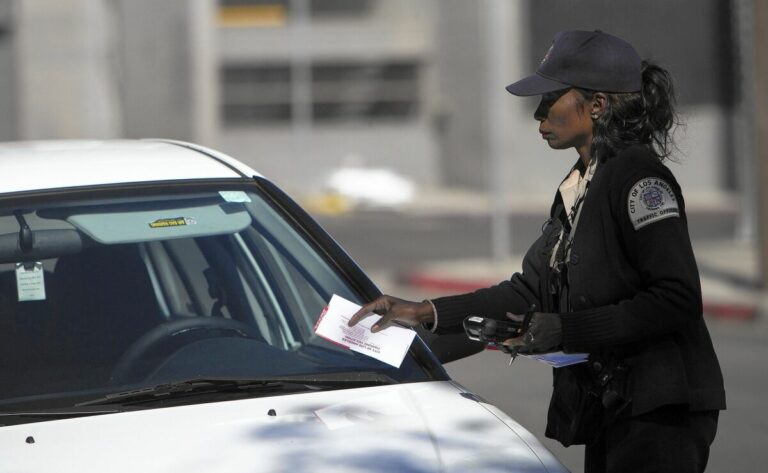Understanding ignition interlock device laws in California
When people are charged with a DUI in California, they may be required to install an ignition interlock device in their vehicles. Although these drunk driving monitors may cost the convicted drunk driver a substantial amount of money, the devices give DUI offenders the ability to continue driving to essential destinations, such as school, work and doctors’ appointments. These drivers may otherwise be unable to operate a vehicle on a suspended driver’s license and run the risk of getting additional citations.
Interlock devices are breath test machines that are installed in the ignition system of the vehicle. Before the driver can start the car, he or she must blow into a tube connected to the device. The ignition interlock device then determines the driver’s blood alcohol content level, and will only allow the car to start if the BAC level is below a preset level. The driver must continue to blow periodic breath samples while driving in order to keep the car going. The devices record critical data, including startup attempts, BAC levels and whether the machine has been tampered with.
In 2010, California started a pilot program, which required all convicted drunk drivers in four counties to have an ignition interlock device installed. Once the device is installed by a state-approved company, the driver must have it maintained every 60 days. During the maintenance appointments, the device is calibrated and checked to make sure that it is working properly. Furthermore, all of the information is transferred to officials, who can then use the information to determine whether the offender must use the IID for a longer period of time.



